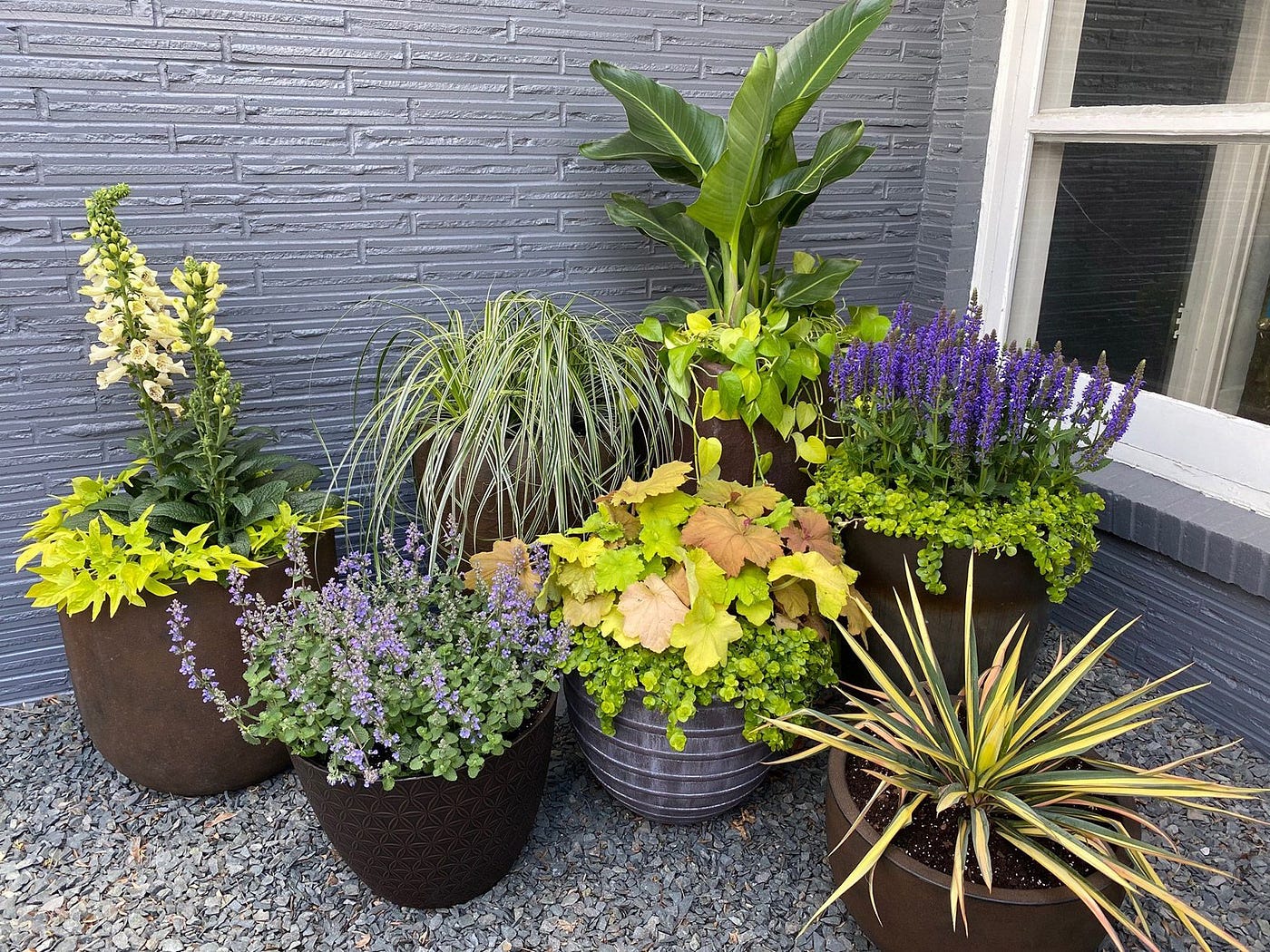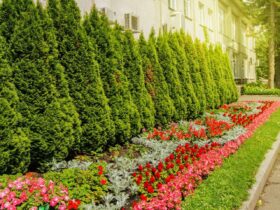The usage of plant containers in urban landscaping and gardening has completely changed how people interact with green areas. Plant containers add practical benefits, aesthetic appeal, and versatility to your environment, making them ideal for both small and large spaces. They also improve the health of your plants.
Introduction To Plant Containers
Plant container, also known as pots or planters, come in various shapes, sizes, and materials, catering to diverse gardening needs and preferences. From traditional terracotta pots to modern lightweight plastics and stylish ceramic designs, these containers serve as vessels for cultivating plants in limited spaces or as decorative elements in larger landscapes.
Enhancing Green Spaces In Urban Environments
Urbanization often limits outdoor gardening space, making plant containers indispensable for city dwellers. Balconies, rooftops, and even windowsills can be transformed into vibrant green oases with the strategic placement of plant containers. This accessibility to gardening promotes mental well-being, connects urban residents with nature, and contributes to a healthier urban ecosystem.
Benefits Of Using Plant Containers
- Flexibility In Placement And Design
Plant containers offer unmatched flexibility in garden design. They allow you to experiment with different plant combinations, rearrange your garden layout easily, and adapt to seasonal changes or specific sunlight requirements. This flexibility extends beyond traditional soil-based gardening, with options for hydroponic systems, self-watering containers, and vertical gardening solutions.
- Optimal Plant Growth And Health
Properly chosen plant containers provide ideal growing conditions for plants. They ensure sufficient drainage, prevent soil compaction, and allow for better root aeration, promoting healthier root systems and overall plant growth. Additionally, container gardening lowers the danger of pests and diseases carried by the soil, increasing the longevity and resilience of plants.
- Space Optimization
In small urban spaces, every square foot counts. Plant containers enable efficient use of available space by vertically stacking plants, utilizing wall-mounted systems, or integrating plants into existing structures like fences and railings. This creative use of space not only maximizes greenery but also enhances the aesthetic appeal and functional use of outdoor areas.
- Seasonal Versatility And Mobility
Unlike traditional gardens, plant containers offer mobility and seasonal versatility. They can be moved indoors during colder months to protect delicate plants from frost or harsh weather conditions. This portability also facilitates plant maintenance, allowing for easier pruning, fertilizing, and pest management.
- Aesthetic Enhancement
Plant pots have decorative qualities that enhance any space’s visual appeal in addition to their utilitarian uses. They come in a variety of colors, textures, and styles, complementing different architectural themes and personal tastes. Container gardens can create focal points, define boundaries, or soften hardscapes, enhancing the overall ambiance of both indoor and outdoor environments.
Sustainable Gardening Practices With Plant Containers
The growing interest in sustainability has spurred innovations in container gardening. Eco-friendly materials such as recycled plastics, biodegradable pots, and sustainable wood alternatives are increasingly popular choices among environmentally conscious gardeners. These materials minimize environmental impact, reduce carbon footprints, and promote responsible consumption of natural resources.
Practical Tips For Successful Container Gardening
Achieving a thriving container garden requires careful planning and maintenance. To get the most out of plant containers, take into consideration these useful suggestions:
Choosing The Right Container: Select containers based on plant size, growth habits, and environmental conditions.
Proper Drainage: Ensure adequate drainage holes and use well-draining potting mixtures to prevent waterlogging.
Regular Watering And Fertilizing: Monitor moisture levels and nutrient needs, especially in warmer climates or indoor environments.
Seasonal Maintenance: Prune dead foliage, monitor plant health, and refresh potting soil periodically to promote healthy growth.
Protecting Plants: Shield delicate plants from extreme temperatures, pests, and diseases through timely interventions and protective measures.
Conclusion
Plant containers offer a myriad of benefits that extend beyond traditional gardening practices. They provide people the tools they need to design aesthetically pleasing, long-lasting green areas in suburban and urban environments, strengthening their bond with the natural world and improving their general well-being. Whether you’re a novice gardener or a seasoned horticulturist, integrating plant containers into your outdoor or indoor environment can transform ordinary spaces into thriving botanical sanctuaries.





